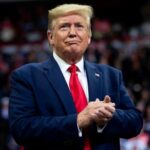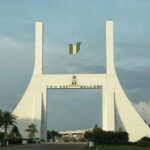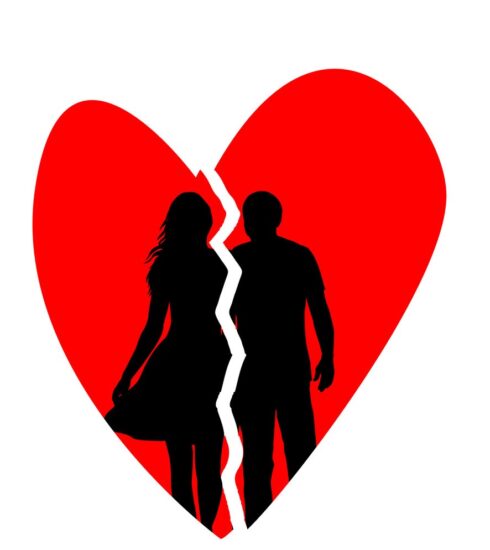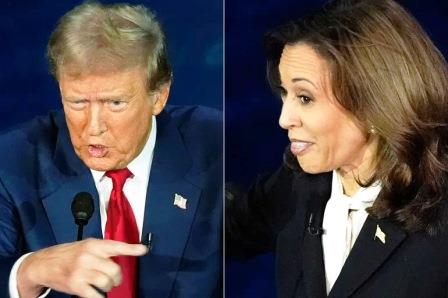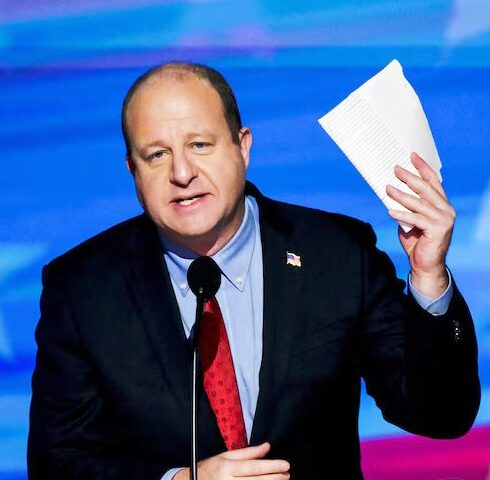Amazement, Elation As New Pope Emerges
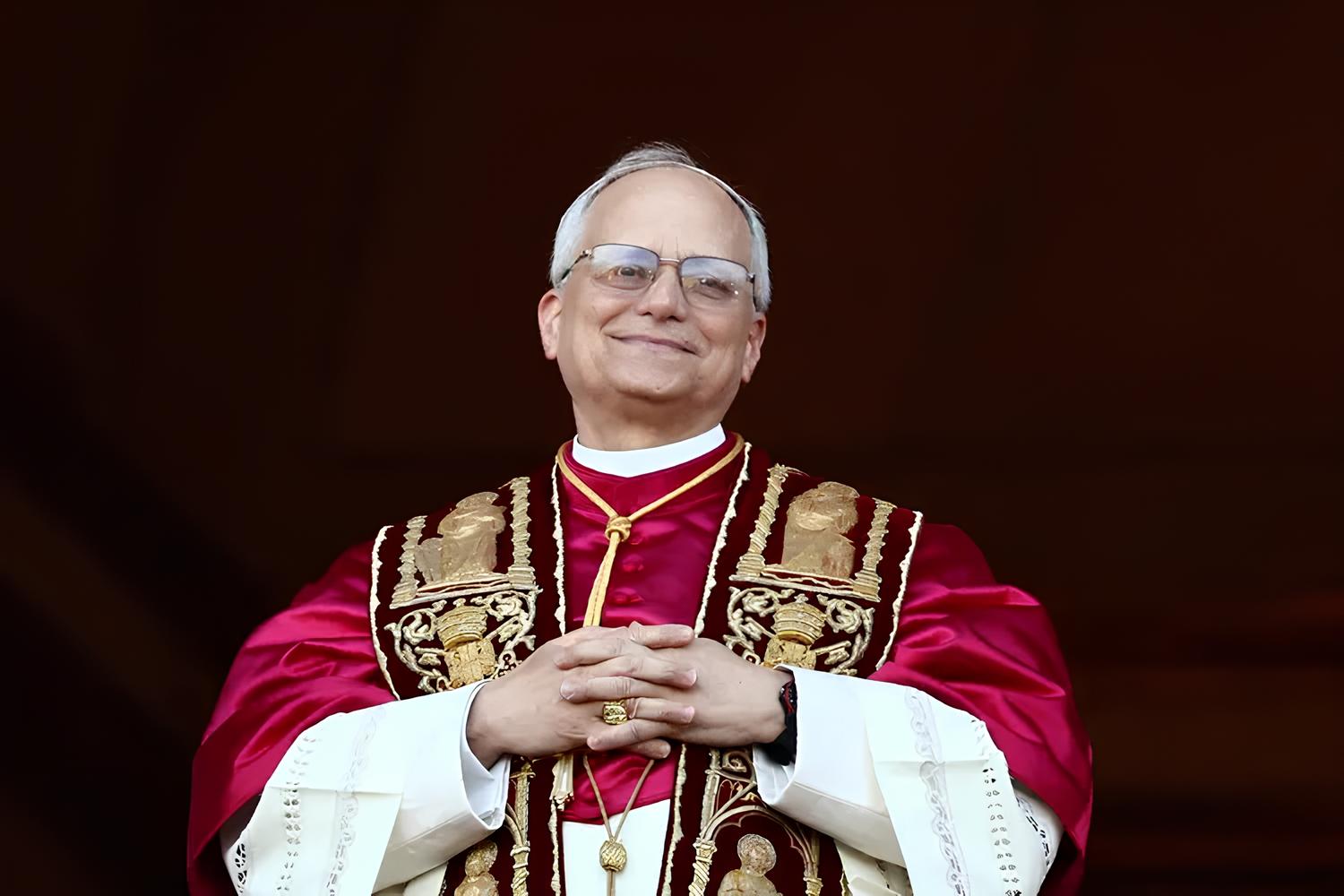
The Vatican conclave recently chose a new Pope, Robert Prevost – the first American pope who will be known as Pope Leo XIV. Credit: The Vatican Media
Robert Francis Prevost became the first pope from the United States on Thursday, picking the papal name Leo XIV after cardinals from around the world elected him leader of the world’s 1.4 billion Catholics.
Tens of thousands of people packed in St Peter’s Square cheered as Prevost appeared on the balcony of St Peter’s Basilica, waving with both hands, smiling and bowing.
“Peace be with you,” he told the crowds.
The Chicago-born Robert Prevost who appeared at the balcony as Leo XIV seemed shy, modest and conciliatory, a tone that appeared to quickly endear him to the crowd awaiting his words.
White smoke from the Sistine Chapel had billowed into the sky on the cardinals’ second day of voting to announce his election in a secret conclave, while the bells of St Peter’s Basilica and churches across Rome rang out.
Crowds of people rushed towards the square to watch the balcony of the basilica, which has been fitted out with red curtains for the first address to the world by the 267th pope.
The new pontiff, who succeeds Argentine reformer Pope Francis, was introduced in Latin with his chosen papal name.
Pope Francis died last month aged 88 after a 12-year papacy during which he sought to forge a more compassionate Church — but drew anger from many conservatives with his progressive approach.
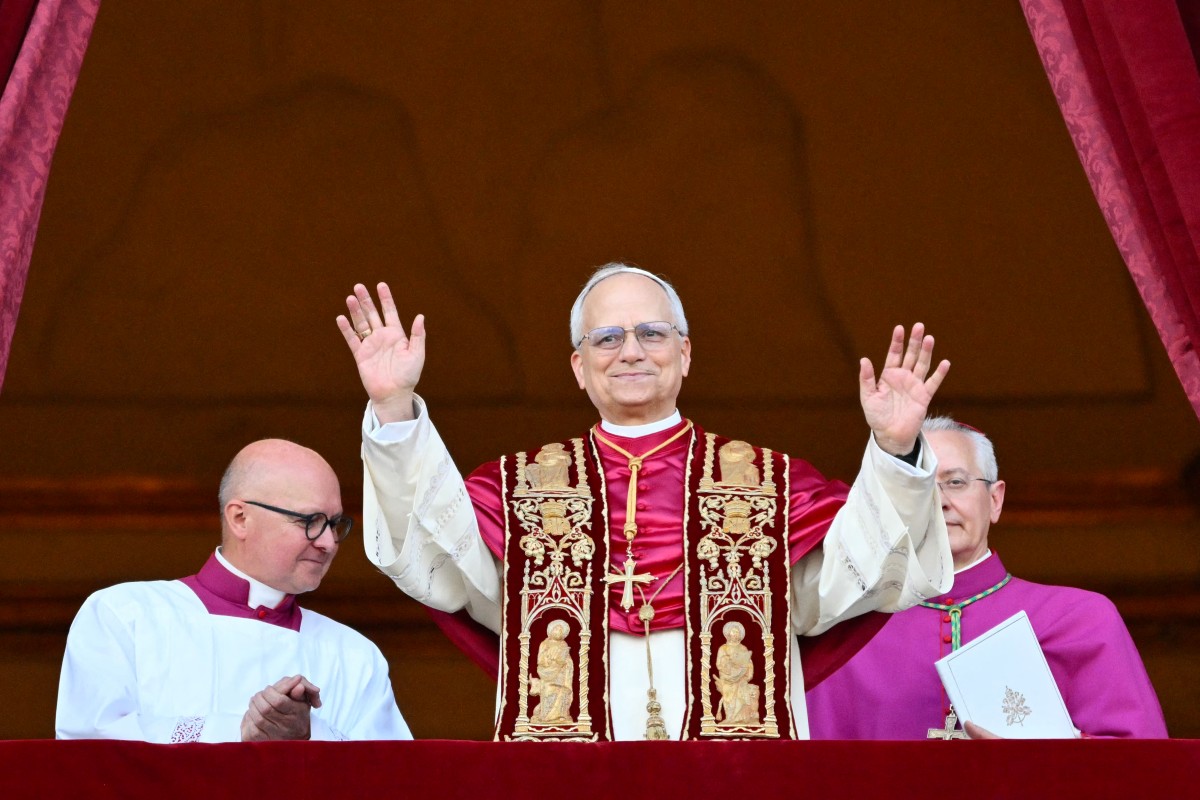
Newly elected Pope Leo XIV, Robert Francis Prevost, arrives on the main central loggia balcony of the St Peter’s Basilica for the first time, after the cardinals ended the conclave, in The Vatican. Credit: The Vatican Media
The new pope now faces a momentous task: as well as asserting his moral voice on a conflict-torn global stage, he must try to unite a divided Church and tackle burning issues such as the continued fall-out from the sexual abuse scandal.
The tone in the sprawling Baroque square was festive ahead of the new pontiff’s entrance, after white smoke from the chimney of the Sistine Chapel riled up the crowd into a frenzy of waving flags and clapping.
As the Vatican’s band played the Italian national anthem, excited priests pressed against a barricade waved at television cameras as others stared, riveted, at the balcony, as if to summon forth the new leader of the world’s 1.4 billion Catholics.
Then the Swiss Guards began a solemn march across the square ahead of the new pontiff’s appearance, a sign that it was imminent.
The crowd erupted in a loud cheer after a senior cardinal announced a pope had been elected with the Latin words “habmus papam”.
When the bespeckled 69-year-old Augustinian appeared, a white skullcap on his head and a fuchsia silk cape covering his ivory cassock, a hush fell over the waiting masses.
He spoke of building bridges, walking together, being part of a missionary Church, while citing God’s work as a “disarming peace, humble and persevering”.
He spoke in Italian — and also Spanish, the language he learned during his many years as a missionary in Peru, grinning shyly from the balcony while sniffing occasionally in what looked like an attempt to control his emotion.
It was unknown how many ballots it took to elect the new pope, but it followed recent history in wrapping up in less than two days.
In 2005, Benedict XVI, a German theologian, was elected in four ballots and Francis, in 2013, was elected in five ballots.
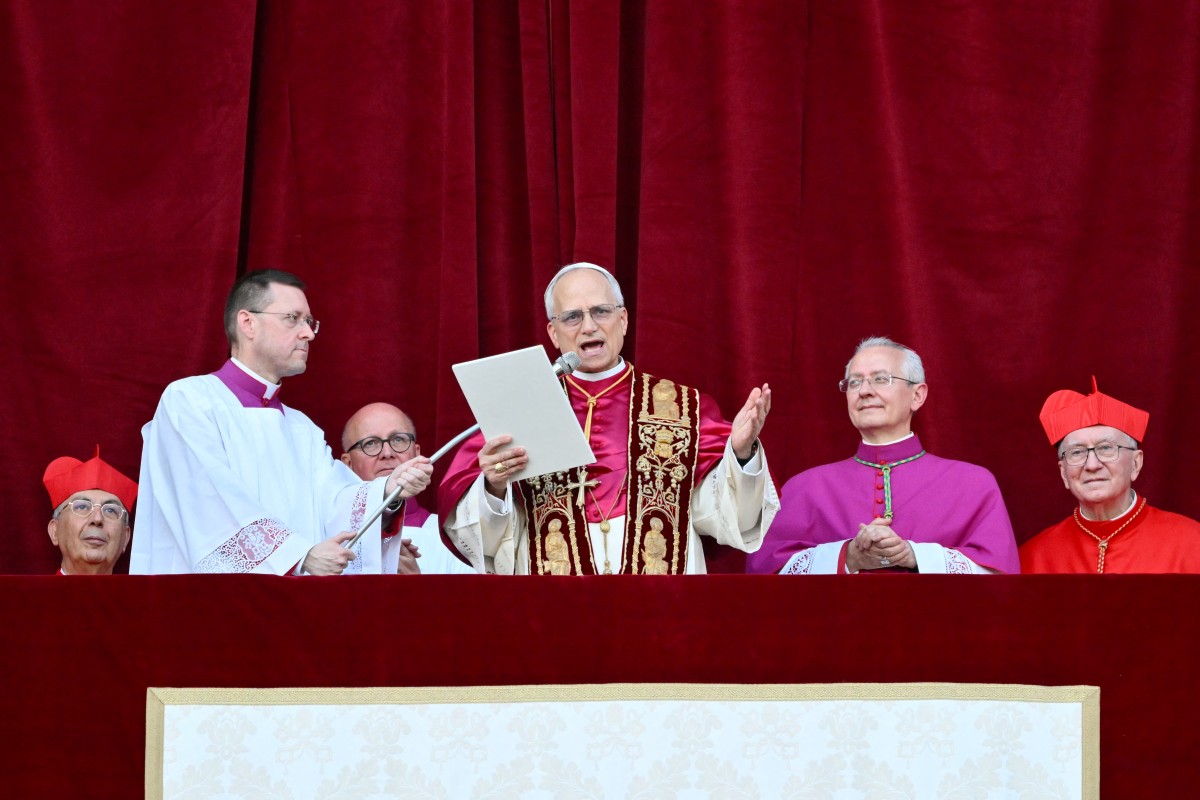
Newly elected Pope Leo XIV, Robert Prevost addresses the crowd from the main central loggia balcony of the St Peter’s Basilica for the first time, after the cardinals ended the conclave in The Vatican. Credit: AFP
While the details of the election will forever remain secret, the new pope had to secure at least two-thirds of votes to be elected.
By tradition, he now enters the Room of Tears — where freshly-elected popes give free rein to their emotions — to don a papal cassock for the first time, before returning to the Sistine Chapel so the cardinals can pledge their obedience.
It is expected that the new pope should be able to lead the church “at this difficult and complex turning point in history”, amid raging conflicts around the world and the rise of ultra-nationalist parties.
The Church has also had difficulty in adapting to the modern world, with declining priest numbers and increasingly empty pews in the West.
The papal inauguration usually takes place less than a week after the election with a mass celebrated before political and religious leaders from around the world.
